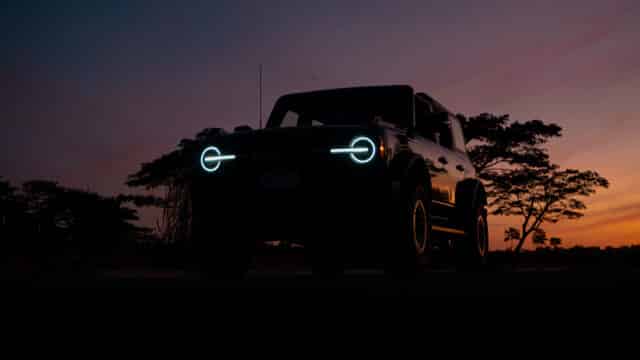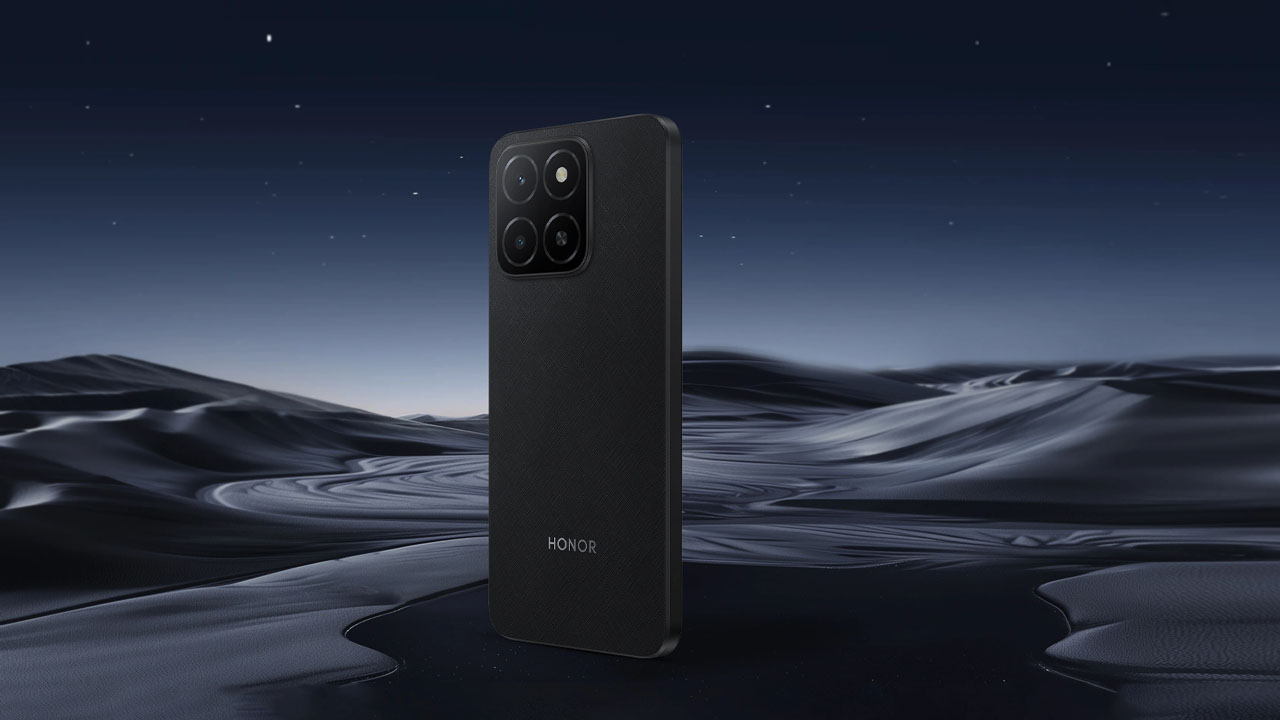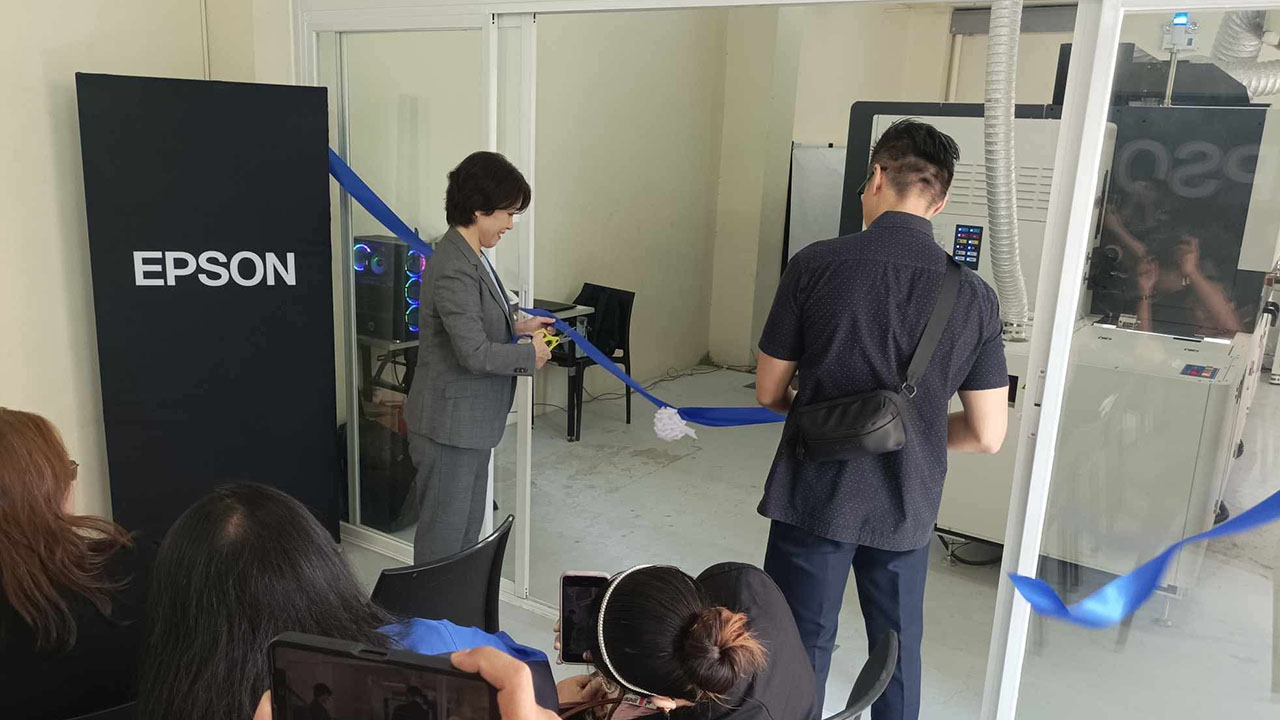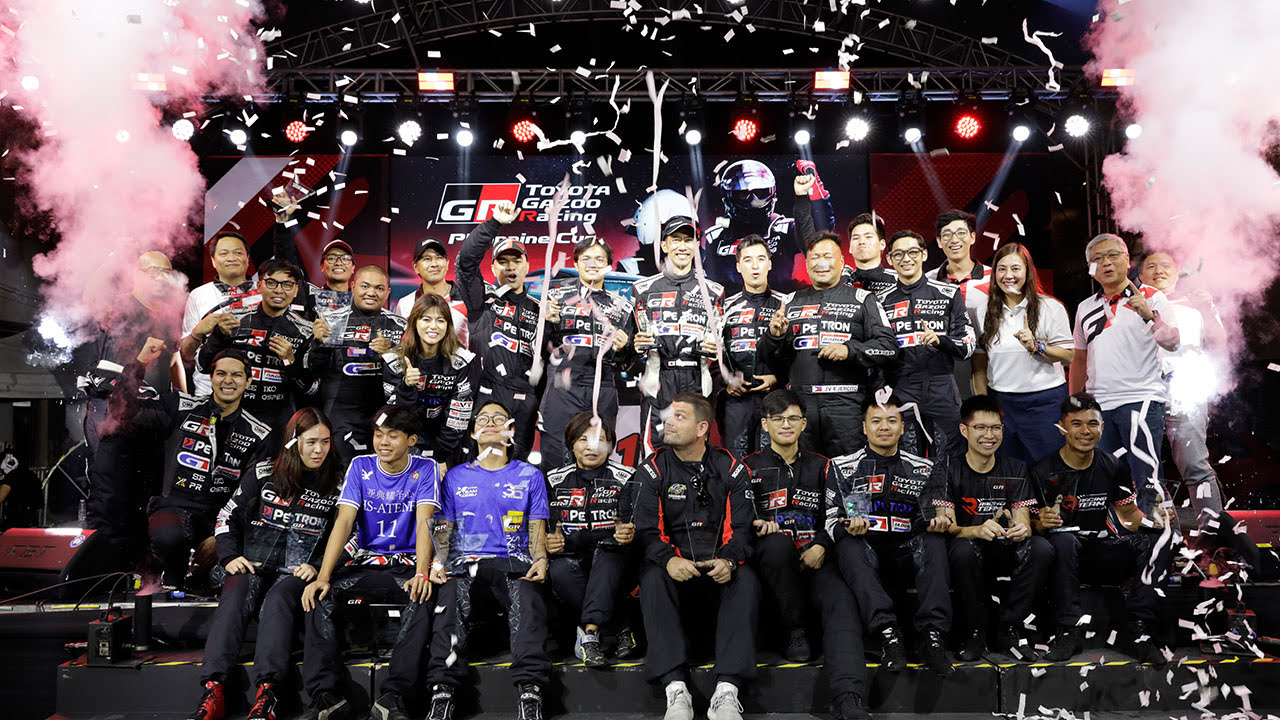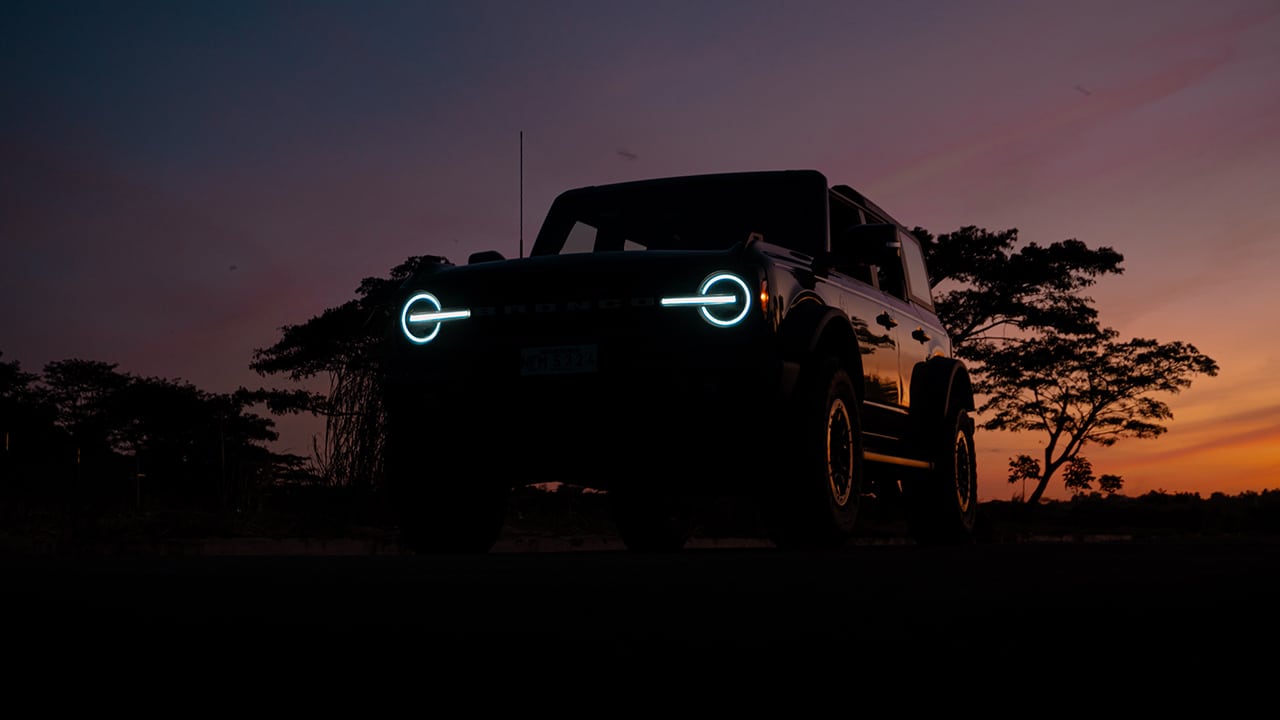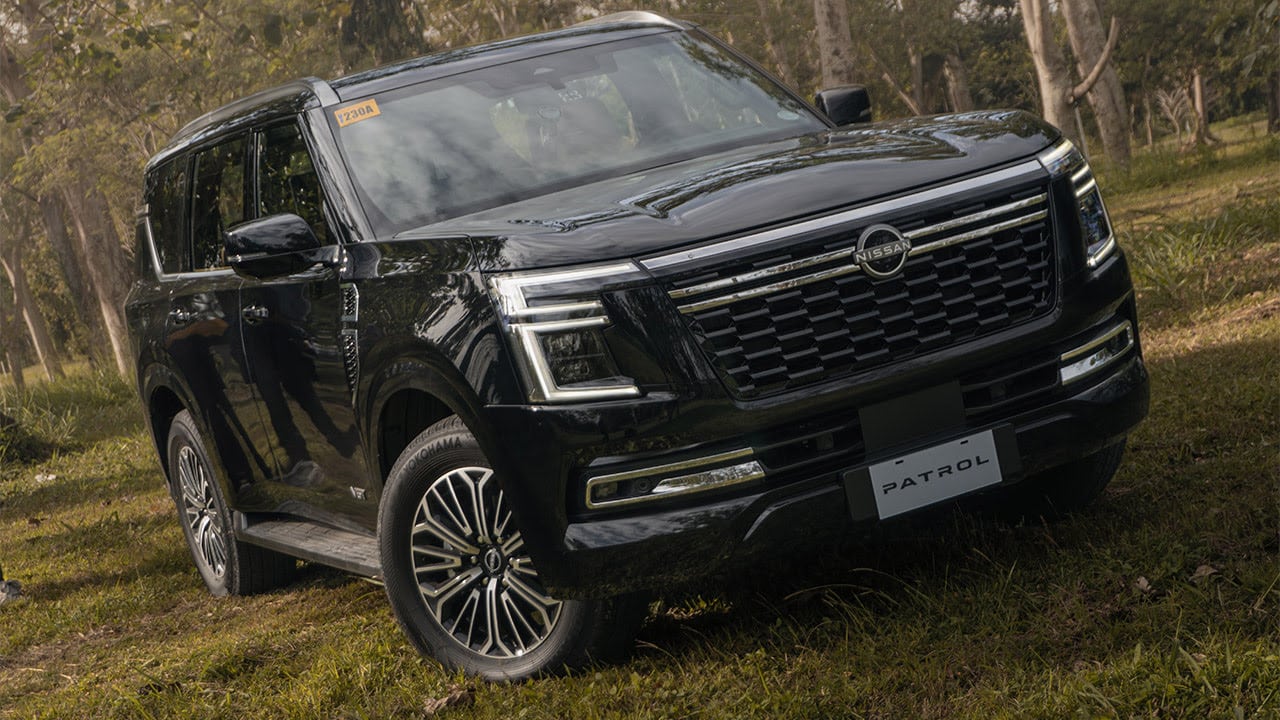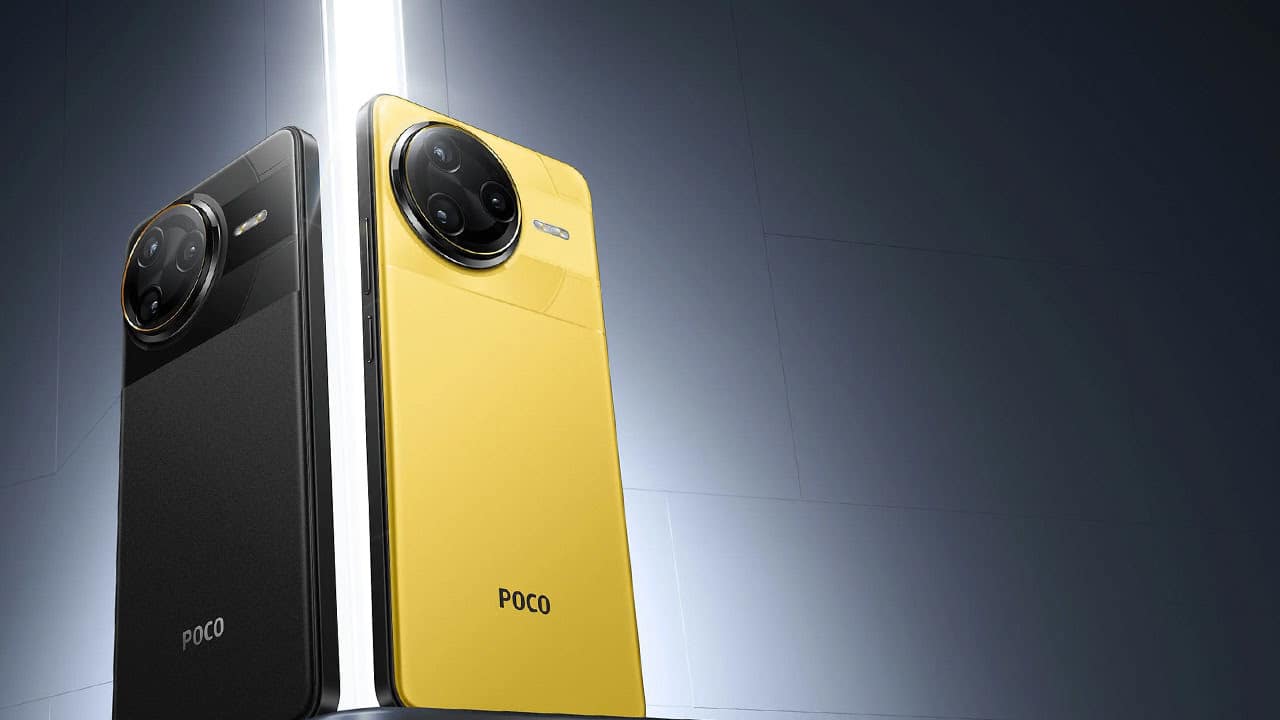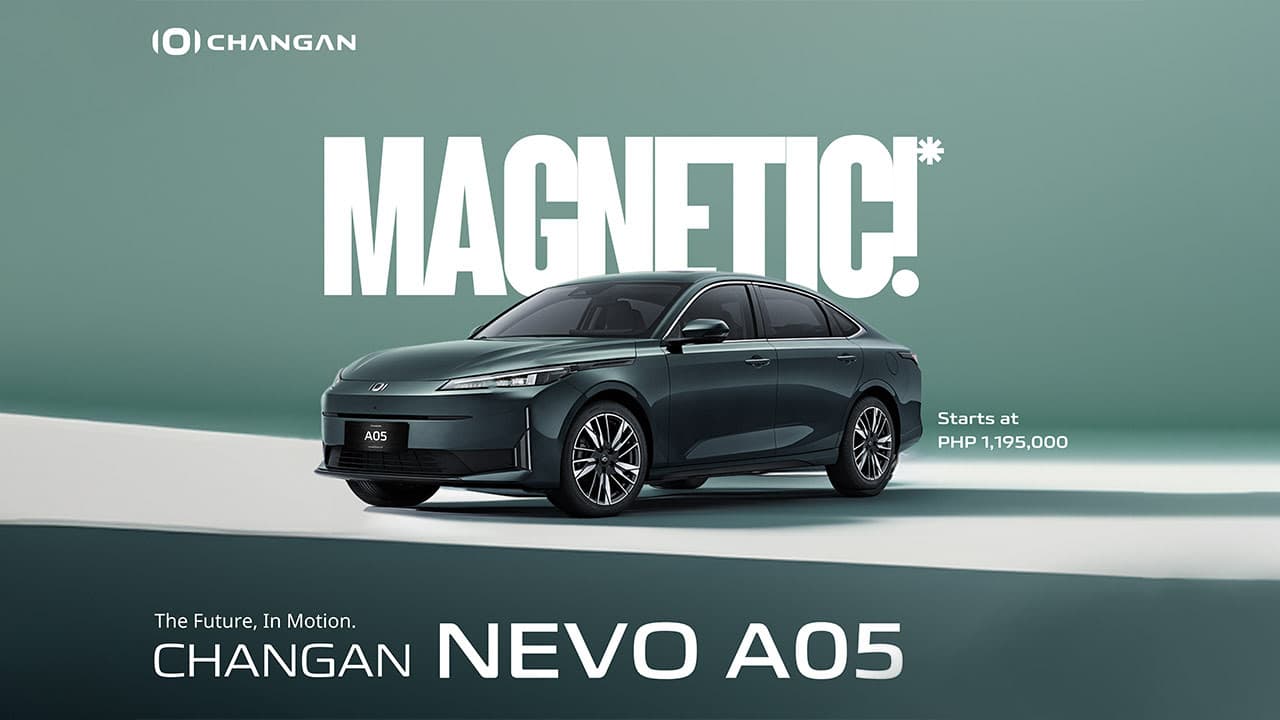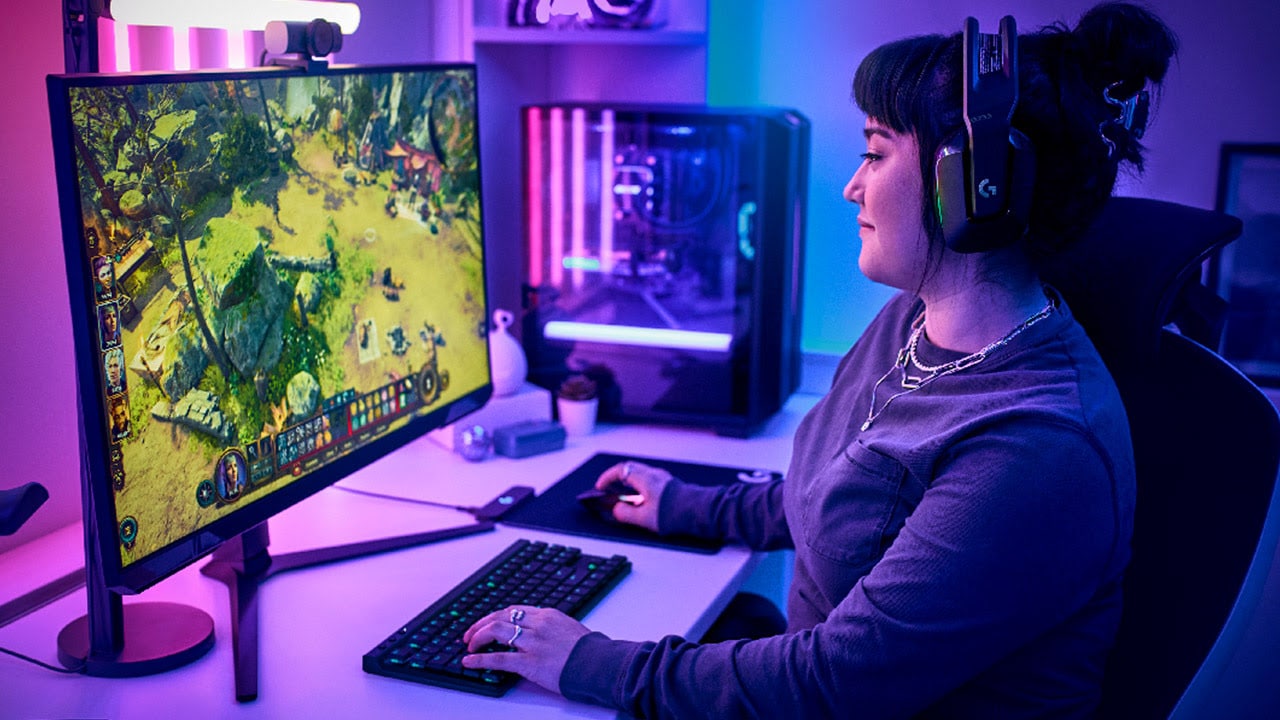I know it likes to be referred to as an anime, but I’d like to believe that it’s more than that. Why? Because it doesn’t just feel like an anime or a cartoon for that matter.
Where a lot of series have tried to blend in multi-layered genres and characterization, Cowboy Bebop stands out as one that managed to succeed in mixing things up and brought in a new wave of western audiences to the world of Japanese anime.
But what makes it special?
And after nearly two decades is it still worth the watch? Well then amigos, buckle up for the Big Shot retrospective for why you should watch Cowboy Bebop.
From East to West
Originally airing on TV Tokyo from April 3 to June 26 of 1998, twelve episodes were first met with controversy over its very mature themes and visuals.
Nevertheless, after a full run on the Wowow network and distribution through Animax, Cowboy Bebop found its way into the west by virtue of Adult Swim on Cartoon Network in 2001.
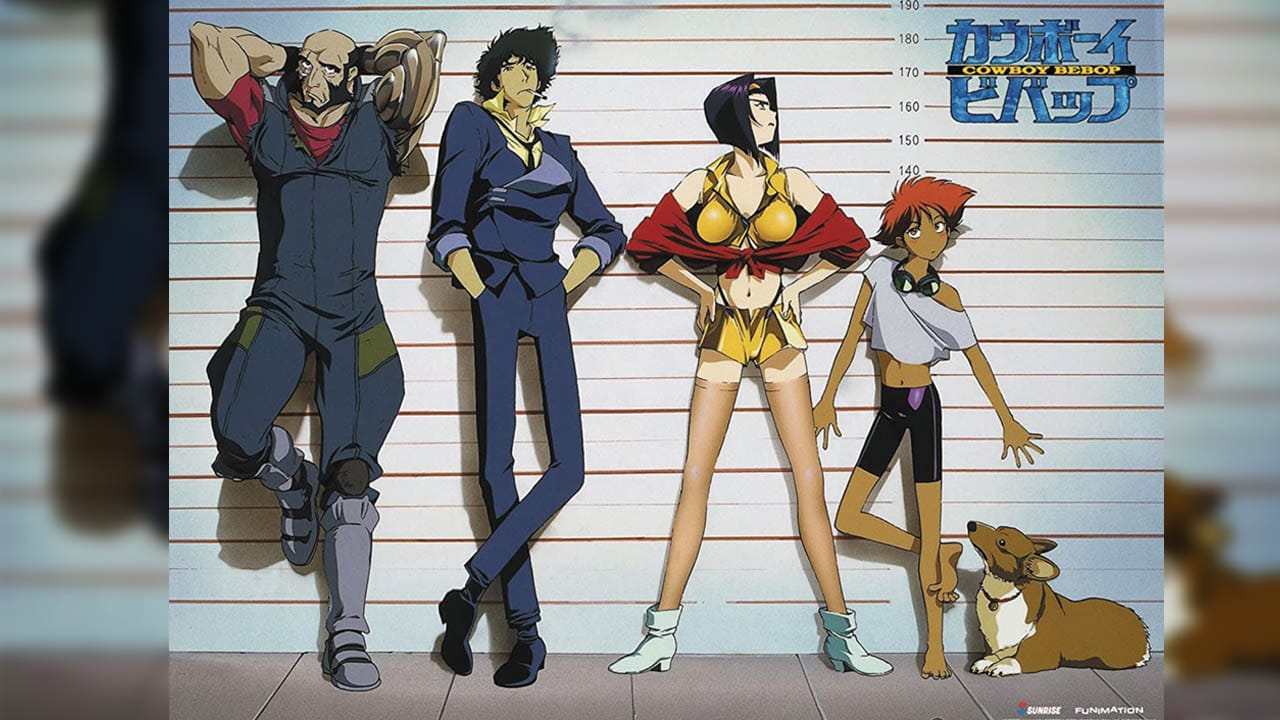
From there, the Bebop became synonymous with late-night anime that has since lasted to this day.
Y2K adults and teenagers found themselves entranced with the visuals and stories told through a crew of dysfunctional bounty hunters in the future.
All brought together by Shinichiro Watanabe and his ragtag team of writers, visual artists of Sunrise studios. Incidentally, the entire staff was billed as Hajime Yatate, a pseudonym to unify their creation of Cowboy Bebop.
A multitude of stories and themes
From the get-go, Cowboy Bebop can be mislabeled as a hodge-podge of different genres, thematics with no primary overarching story, save for a few episodes.
But there lies in what makes it stand out.
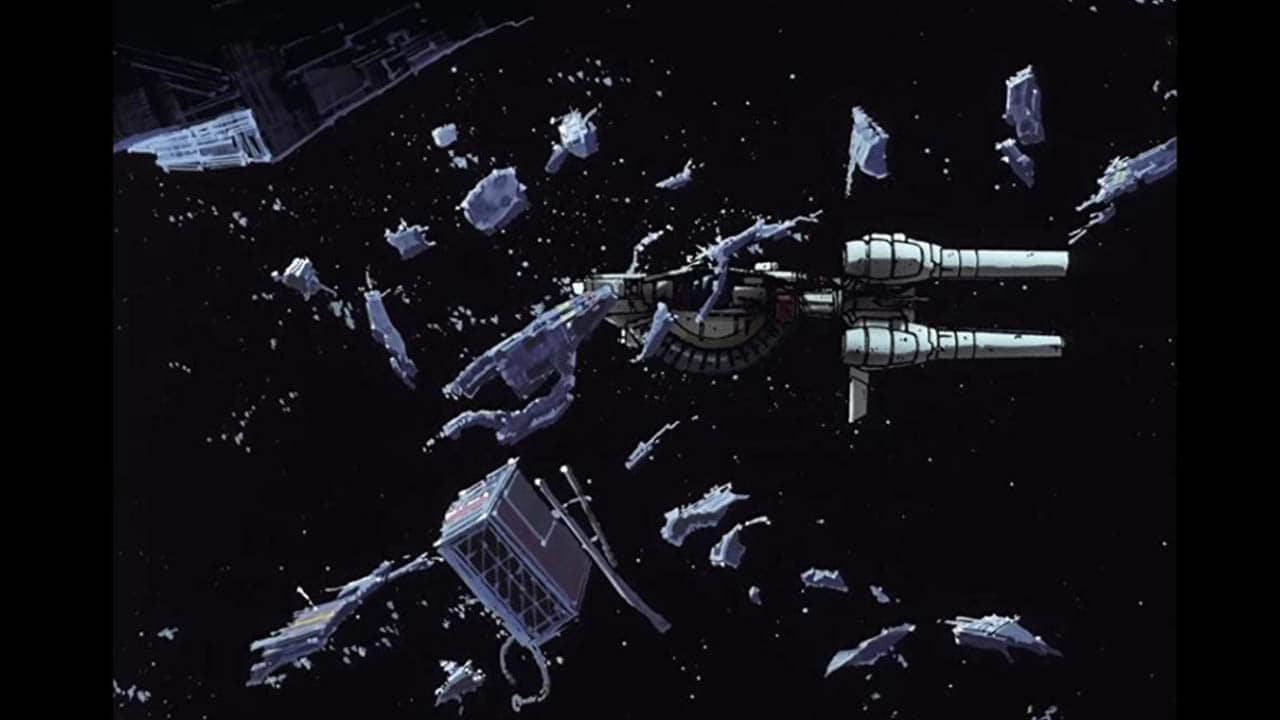
To enumerate the genres that Cowboy Bebop has toyed with, we have space opera, western, film noir, crime, comedy, sci-fi, hong kong cinema, tragic romance, horror, blaxploitation, cyberpunk, and even more.
And that’s not counting the numerous references to various pop culture, such as Aliens, 2001 A Space Odyssey, and Bruce Lee.
Even though it feels like an over-abundance, Cowboy Bebop does it with well-balanced stories that are episodical, drawing out the different adventures of the Bebop crew.
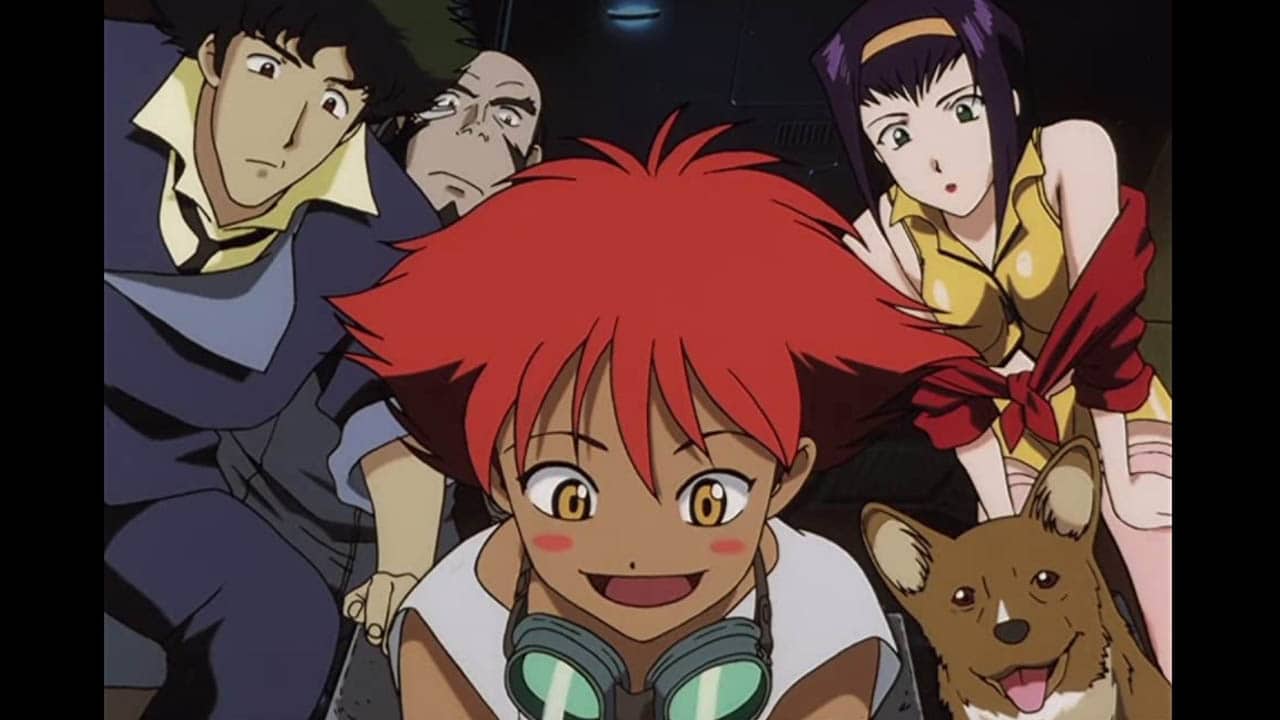
Each episode feels like its own little film in some way, but never veers drastically from the episode before or after.
Personally, the overall film noir aspect of Cowboy Bebop makes it truly stand.
With several episodes devoted to that genre, if you choose to watch only those, you have a hard-boiled story that delves into the age-old saying that “the past will always catch up to you”.
But it doesn’t feel forced or generic.
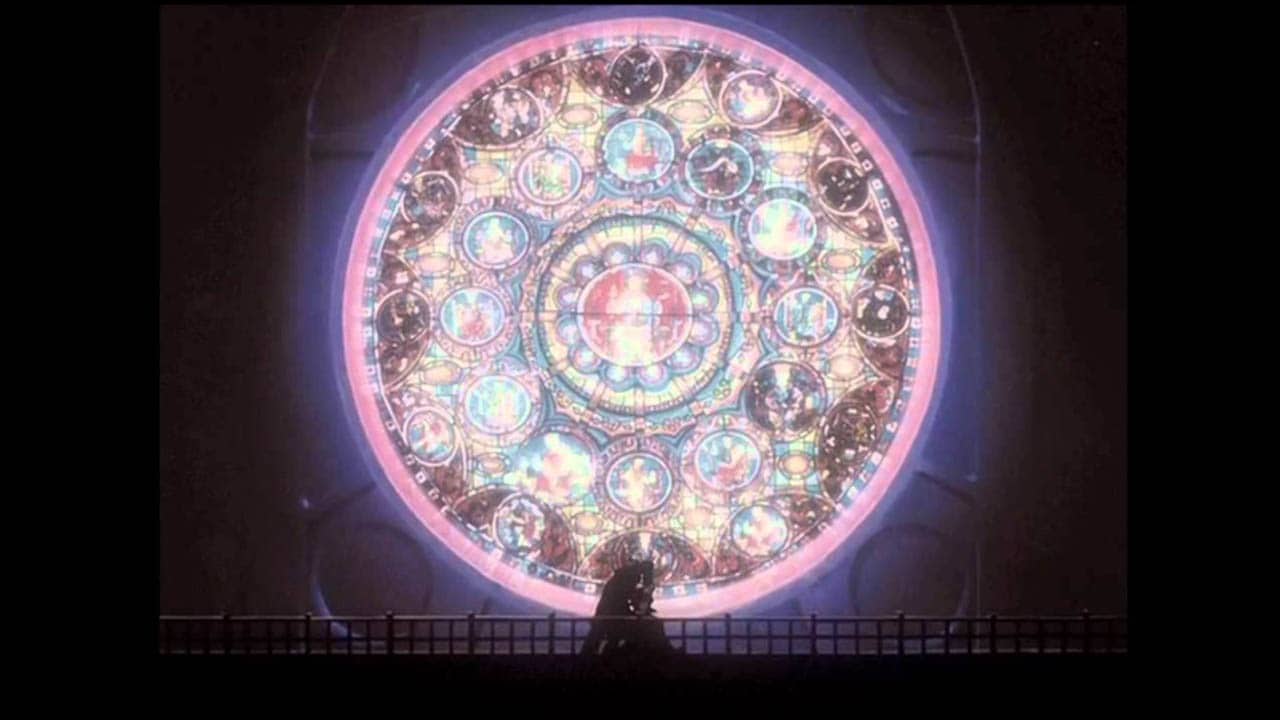
There is a sense of poetry in both the visual storytelling and the dialogue that plays out between the characters.
In fact, amidst all the hodge-podge these stories feel more character-driven than plot, which may come as a surprise for some.
The characterization of loneliness
One could argue that Cowboy Bebop owes its acclaim to its characters, and I would say that would be a fair argument.
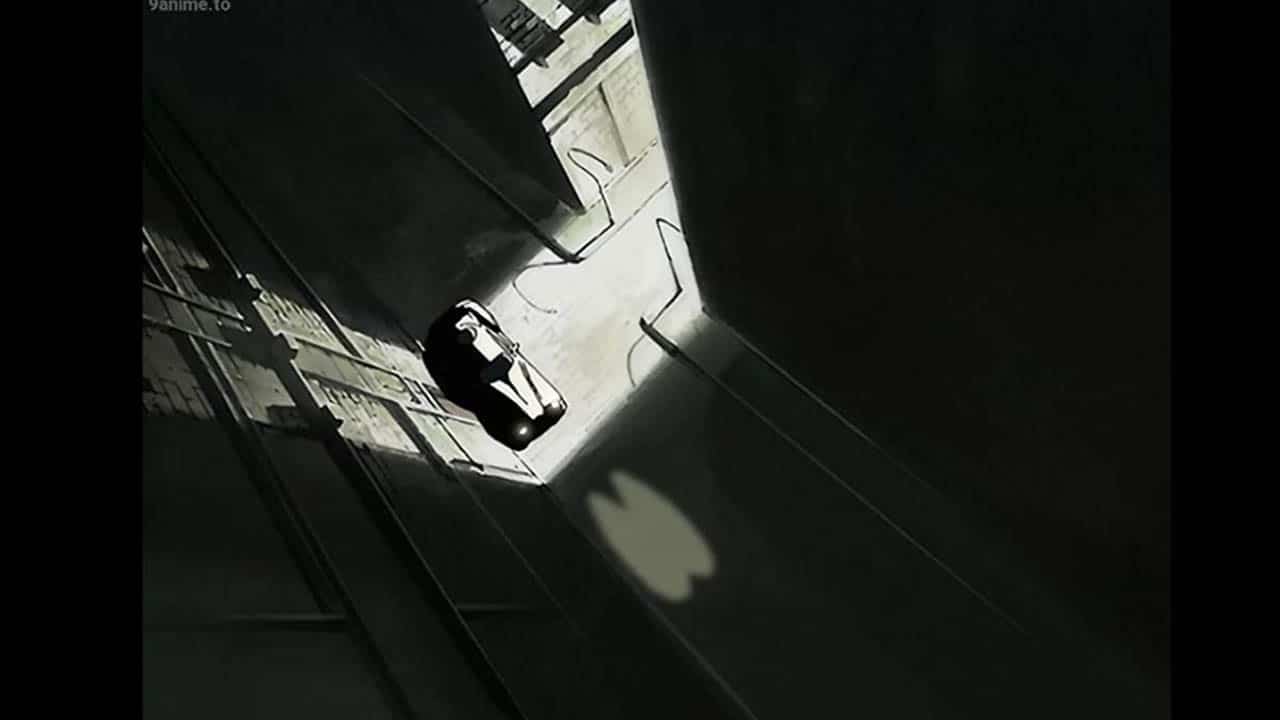
If there’s one notion that Spike, Jet, Faye, and Ed (maybe even Ein) all share in common is that, you can try to forget the past but it will always catch up, and loneliness is what will bring them together and eventually, have them part ways.
Each of the four main members of the Bebop all carry three-dimensional personalities that even other series have a hard time doing.
In regards to Spike, as the de facto lead, his character state of mind can range from comedic, to suave and even from air-headed to philosophical.
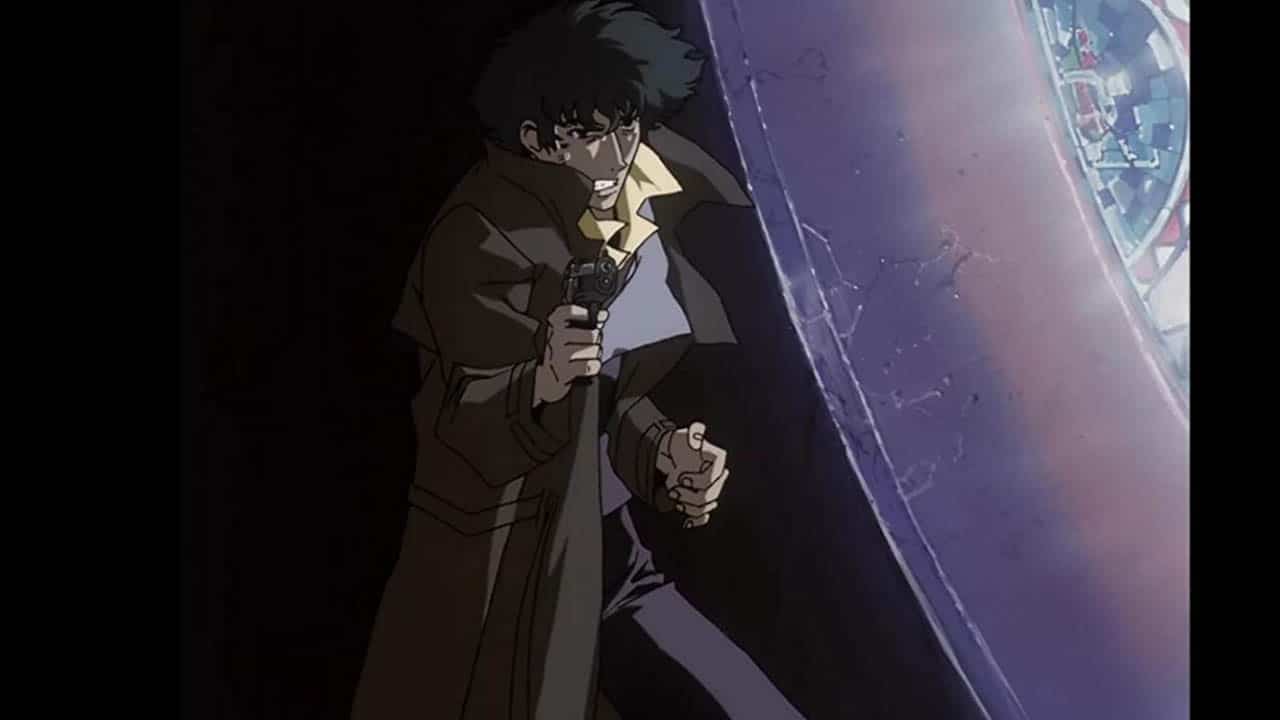
These are some of the best fleshed-out characters that seem relatable with the minimum exposition on their character history.
What also helped Cowboy Bebop find its western audiences was the masterful English voice dubbing of the characters.
I even prefer the American voice cast so much that I could not imagine anyone else doing a perfect voice for Spike other than Steve Blum, nor could I consider anyone else for Faye except for Wendee Lee.
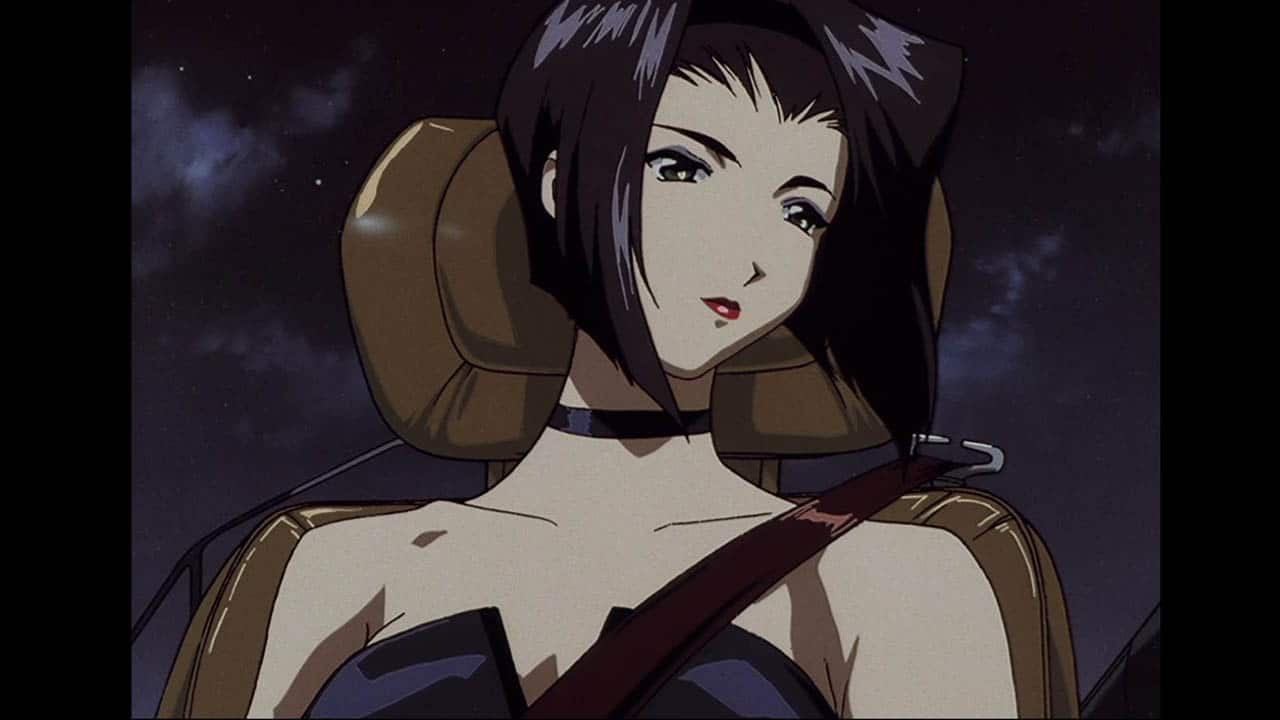
Cowboy Bebop has managed to not only produce multi-layered stories and episodes but characters as well.
In the mature tones of the series, however, the idea of loneliness, existentialism, and tragedy of fate gives almost the entire crew a feeling of melancholic catharsis.
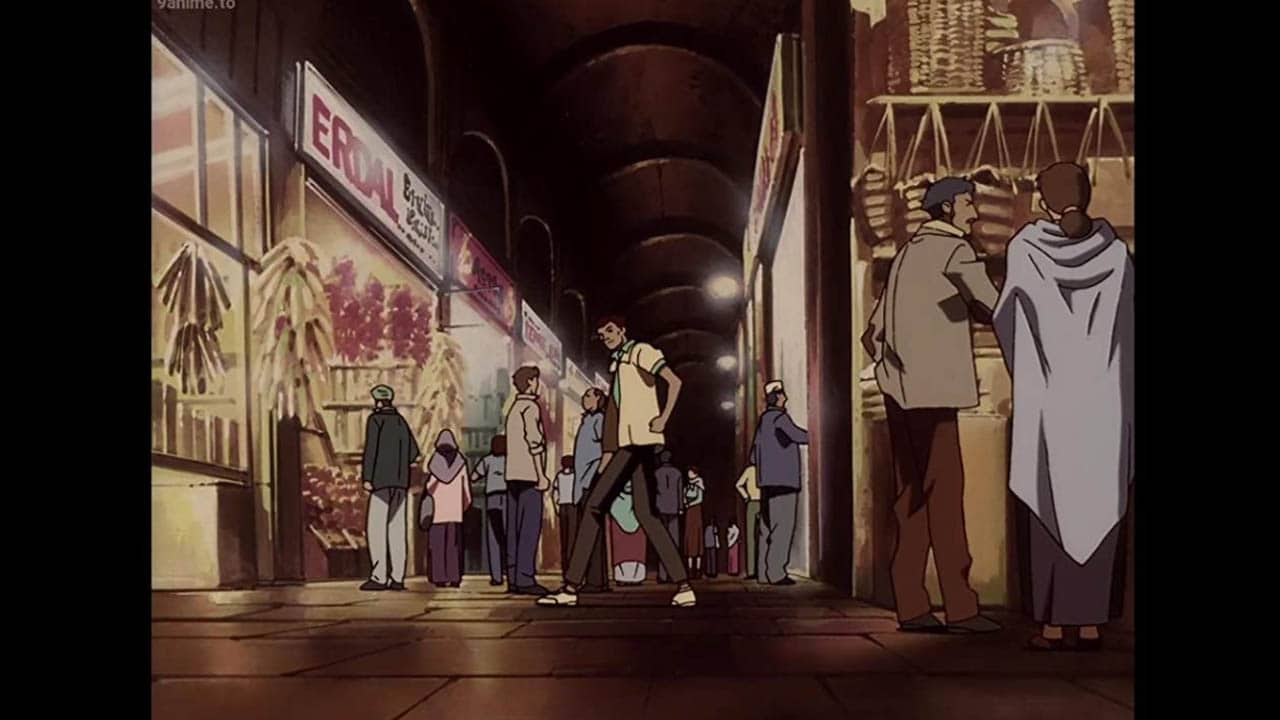
Anytime I watch Cowboy Bebop from start to finish, there’s always a feeling of “what happens next?” but immediately the question becomes a statement of “whatever happens, happens”.
The crew of the Bebop all live in the moment, bored at times, desperate in others, which add to a complexity that when they finally act or move, it’s to not only progress a story but their own characters.
The real folk blues of Yoko Kanno
It is without a doubt that there is no conversation of Cowboy Bebop without the discussion of its stellar music composed and produced by Yoko Kanno, with the help of the Seatbelts and other collaborators.
Funny enough Cowboy Bebop was in fact my gateway to finally understanding and appreciating jazz music as a whole.
Before that, I had only heard of jazz as the easy listening, sometimes even elevator music that the 90s popularized upon.
But with Yoko Kanno’s frenetic style of free-flowing jazz and big band, there’s something to marvel about how the music is in Cowboy Bebop.
Albeit for a few titular tracks, each episode brings in a new flavor and sometimes does not limit itself to jazz.
Take for example an episode named “Heavy Metal Queen”.
Of course, Yoko Kanno had to make a few heavy metal-inspired tracks to fit the episode.
Where other series had their music compiled to one or two soundtracks, the discography for Cowboy Bebop is seven dedicated soundtracks.
The music also is not a simple background element that one could easily ignore.
Some tracks can linger within the subconscious of the viewer for how the music accompanies the scenes and emotion within each episode.
Case in point, “Space Lion” perfectly conveyed the end to the dual mid-season arc of Jupiter Jazz, being a one-off ending theme.
Other notable music tracks such as “Rain”, “Mushroom Hunting” and “Too Good, Too Bad” bring life and emotion to the episodes that they play with.
Even to this day I still listen to the music of Yoko Kanno and remember the scenes that unfold.
It’s just that good.
Carrying that weight
With the eventual release of the Cowboy Bebop live-action series produced by Netflix many newcomers will of course ponder the source material and how it holds up. I respect anyone who even tries to pay homage to the landmark series.
Regardless, the original 26 run of Cowboy Bebop will always be around to remind audiences of one of the greatest stories of cowboys, film noir and our solar system.
There has never been anything like Cowboy Bebop and I frankly think there never will be. That for me is enough.
See you, space cowboys.


